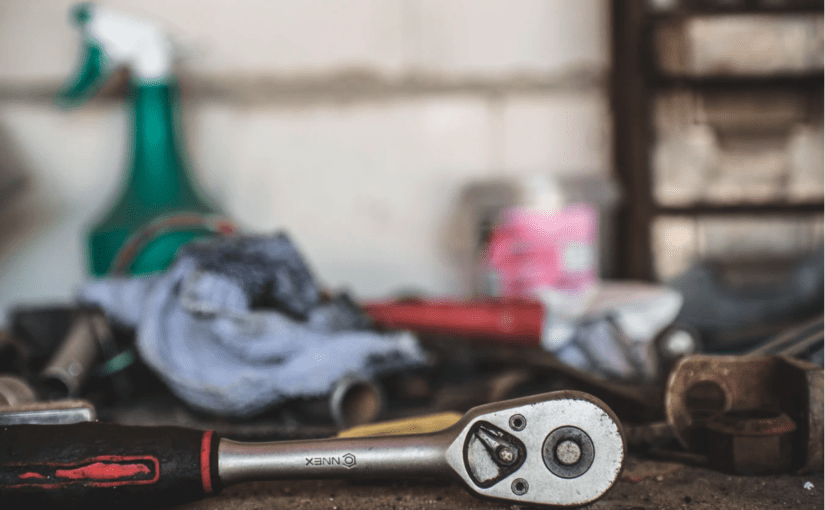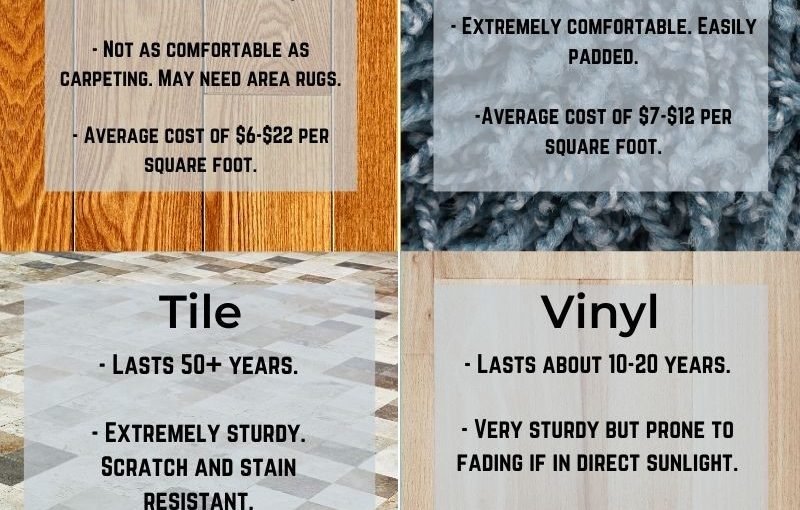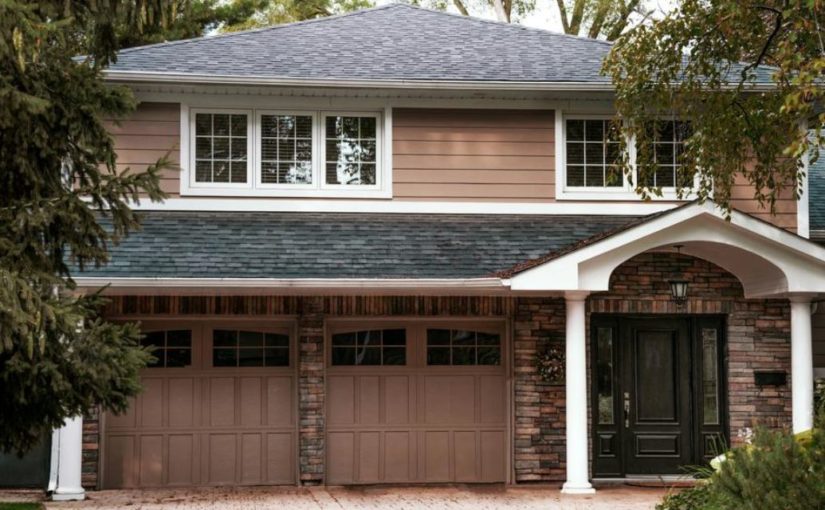Check out the best ways to keep your new appliances in good shape
If you just got new appliances, chances are you’ll do anything to keep them looking and working as good as new. It’s certainly disappointing to have an appliance break or malfunction after just a couple of years of owning it. To avoid this from happening, you’ll want to be consistent with taking care of your appliances as much as possible.
Having a home warranty plan, such as one from American Home Shield, will always ensure you’re covered in case something breaks. But, you don’t want your appliances to break in the first place. So how can it be avoided?
To find out the ways to keep your new appliances in good shape, keep reading.
Clean frequently and thoroughly
Cleaning your appliances is one of the most important things you can do to keep them running efficiently and well. Plus, cleaning your appliances just makes them look and smell better. Nobody wants a fridge that smells and doesn’t cool properly, which is why cleaning is essential towards the upkeep of your appliances.
Basic cleaning, such as wiping down the appliance itself as well as the interior, is something you should be doing multiple times a week. To avoid any smells, grease, or dirt buildup, wipe down your appliances often.
In addition to cleaning the exterior and interior of your appliance, you’ll also want to occasionally check and clean any components of your appliances. Coils, vents, and filters are components that can easily get clogged or blocked and can hurt the performance of your appliance as well as create possible fire hazards. To clean these, remove any build-up or vacuum any dust, lint, or other blockages.
Don’t overload anything
Overloading your appliances can make them perform worse, create blockages, or easily start a fire. Don’t overload appliances such as a washer, dryer, dishwasher, and disposal. Overloading can cause electrical shortages due to the appliance overworking itself, or can create excessive particles such as lint, which can lead to a fire. Other problems with overloading are blockages due to food or undisposable materials and overall lesser performance of your appliances.
To prevent this, simply be cautious of how much you’re putting into your appliances. Split laundry loads if you need to, and rinse off or throw away plates with any large food particles still on them.
Be gentle
Simply put, be gentle with your appliances. There’s no need to slam doors, forcefully open or close, or be rough with your appliances. While sturdy, they can break easily if not taken care of properly. Closing a door or yanking something out too forcefully can break, and repairs can become expensive if it’s a necessary part of your appliance. Just as you would with anything fragile, be kind to your appliances.
Keep an eye out for anything suspicious
Even if nothing seems to be wrong with your appliances, always be on the lookout for any suspicious noises or smells. If you begin hearing a noise you’ve never heard before, it may be worth getting checked out before it gets worse.
If you start smelling something weird, try to find the source of the smell. If it seems to be smelly food in a fridge, it’s better to take care of the smell as quickly as possible than to leave it to become worse. Other smells, such as gas or musty smells, need to be taken care of immediately as well as they can indicate more serious problems.
The more you take care of your appliances, the more life you’ll get out of them. Appliances are expensive investments, so don’t neglect them. Enjoy your new appliances!











